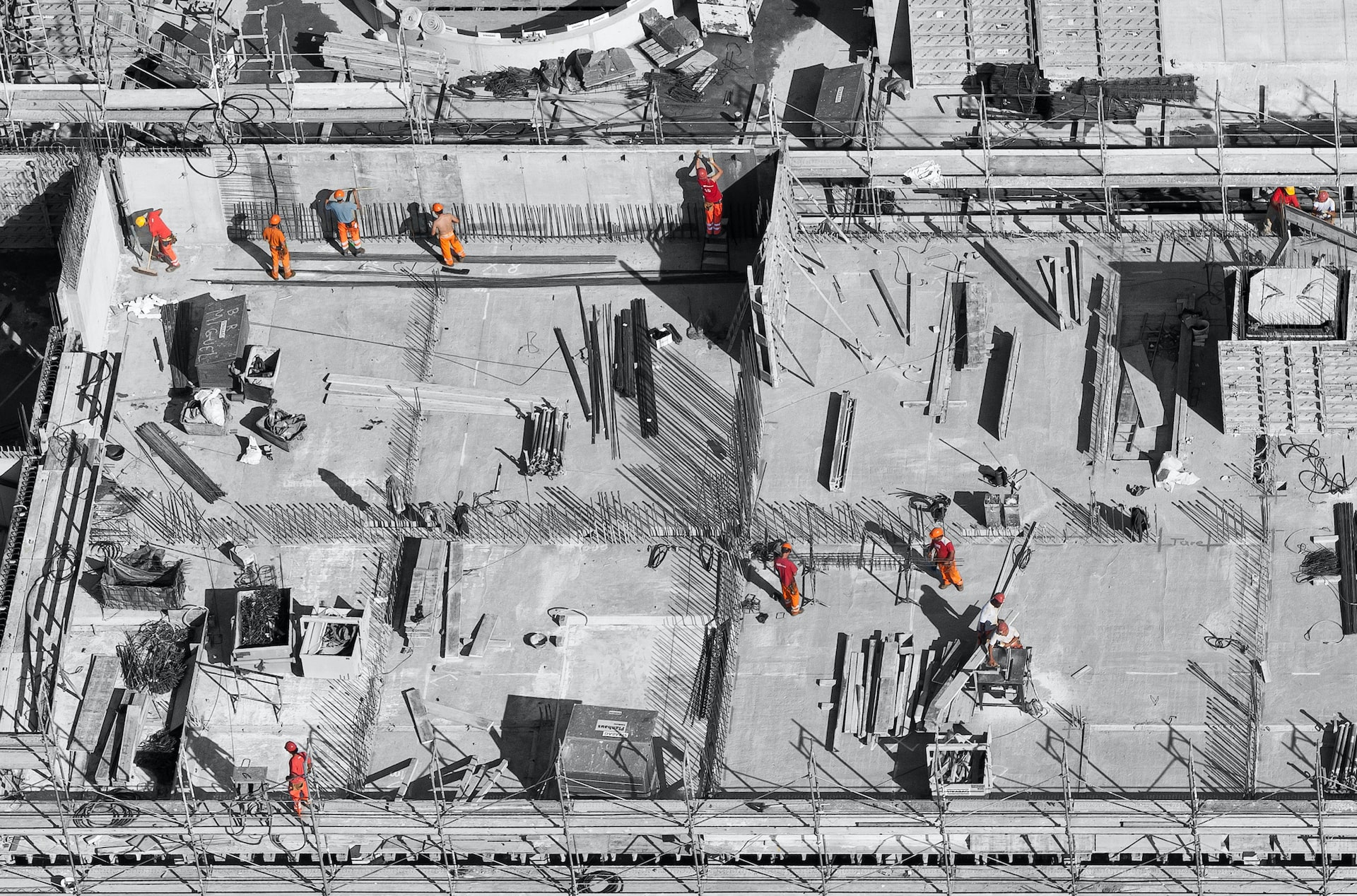There are several important factors for you and your employer to consider, in addition to wearing a hard hat and harness to stay safe, whether you work as a builder, window cleaner, roofer, or in any other job that requires working at heights.
To avoid serious mishaps or even fatal construction site accidents, there are several very important dos and don’ts that must be taken into account and put into practice. There is thorough information on the Safe Work Australia website, and we will give you a great summary so you can have it all in one article.
Let’s see some do’s and don’ts when it comes to working at heights.
Do work on the ground first as much as you can
First, figure out how to work on solid ground. Work at heights should only be done when absolutely necessary since it is the safest option.
While planning a project, consider strategies to provide employees with alternatives to working at heights. The most crucial factor is the safety of the workforce. To achieve this you have to provide good work at heights training.
Workers must have access to and leave the workplace via a surface. The greatest options for long-term work at middle heights are scaffoldings. Alternative options have to be offered if scaffolding is not feasible.
A suspension platform should be utilized in certain circumstances to facilitate the task and increase safety. Before starting work, confirm that your team has a scissor lift yellow card.
Do have a reliable fall arrest system
Make sure workers have a fall-arrest mechanism if they must work at heights. Some fall-arresting devices also lessen the harm that falls do to a person’s body.
When platforms are not available and significant loads are anticipated, a fall-arrest system should be in place. Industrial safety nets and harnesses are some of these solutions.
A mix of working platforms and fall-arrest equipment should be in place for work on skyscrapers. The norm is guardrails, movable work platforms, and safety nets.
A fall arrest system necessitates rescue techniques. Anybody who suffers a fall should be attended to by an emergency crew.
Do have a tidy workplace
Slips and trips are among the most common causes of falls when working at heights. Spills and dispersed debris can make the flooring slick, which can result in a fall. Do maintain the workspaces organized, spotless, and free of clutter to promote more mobility.
Make sure there is nothing around that could harm the workers. Everyone should be reminded to tidy up before, during, and after work. In addition to raising stress levels at work, clutter increases the risk of accidents.
It would be inefficient for individuals who are working to have to allow space for clutter. So, do your best to clear your clutter. A worker should only keep the items they absolutely require for the task at hand.
Don’t crowd your elevated platform
It’s imperative to always be aware of the maximum weight that a platform is capable of supporting. Ask a safety official to attest to the platform’s maximum carrying capacity.
Workers can typically only use a certain amount of space on boom lifts. The maximum gross weight for the bucket will be stated on the truck itself. In order to prevent mishaps, make sure you adhere to the following guidelines.
The maximum load for light-duty scaffolds should be 120 kg per square meter. Scaffolds designed for medium duty can support up to 240 kilos per square meter.
Through their training, your personnel should be familiar with the necessary information for elevated platforms.
Don’t try to go too far
Avoid reaching too far when attempting to climb a height. Avoid standing or tiptoeing on a ladder or stepladder that can only go up to a specific height.
Ladders of various heights should be available in the workplace for a variety of tasks. For small elevations, primarily inside, a short ladder works best. The only things that should be carried on an A-frame ladder are the painter and minimal equipment.
Never ascend a ladder before making sure it is securely fastened. Make sure the wall can support the load before leaning the ladder against a solid surface. Gutter sections and other places where the roofing has limited structural support should not be used by workers.
To sum it all up, all parties must be kept safe, which requires a secure workplace. Especially in a delicate working environment, such as working at heights. Knowing the general dos and don’ts of your job is necessary if you work at heights.
Make sure you have the appropriate safety gear, instruction, and planning. A team that understands its role and knows what to do in an emergency is what you desire. Don’t hesitate to hire the best professionals to make this smoother for you and your employees.



